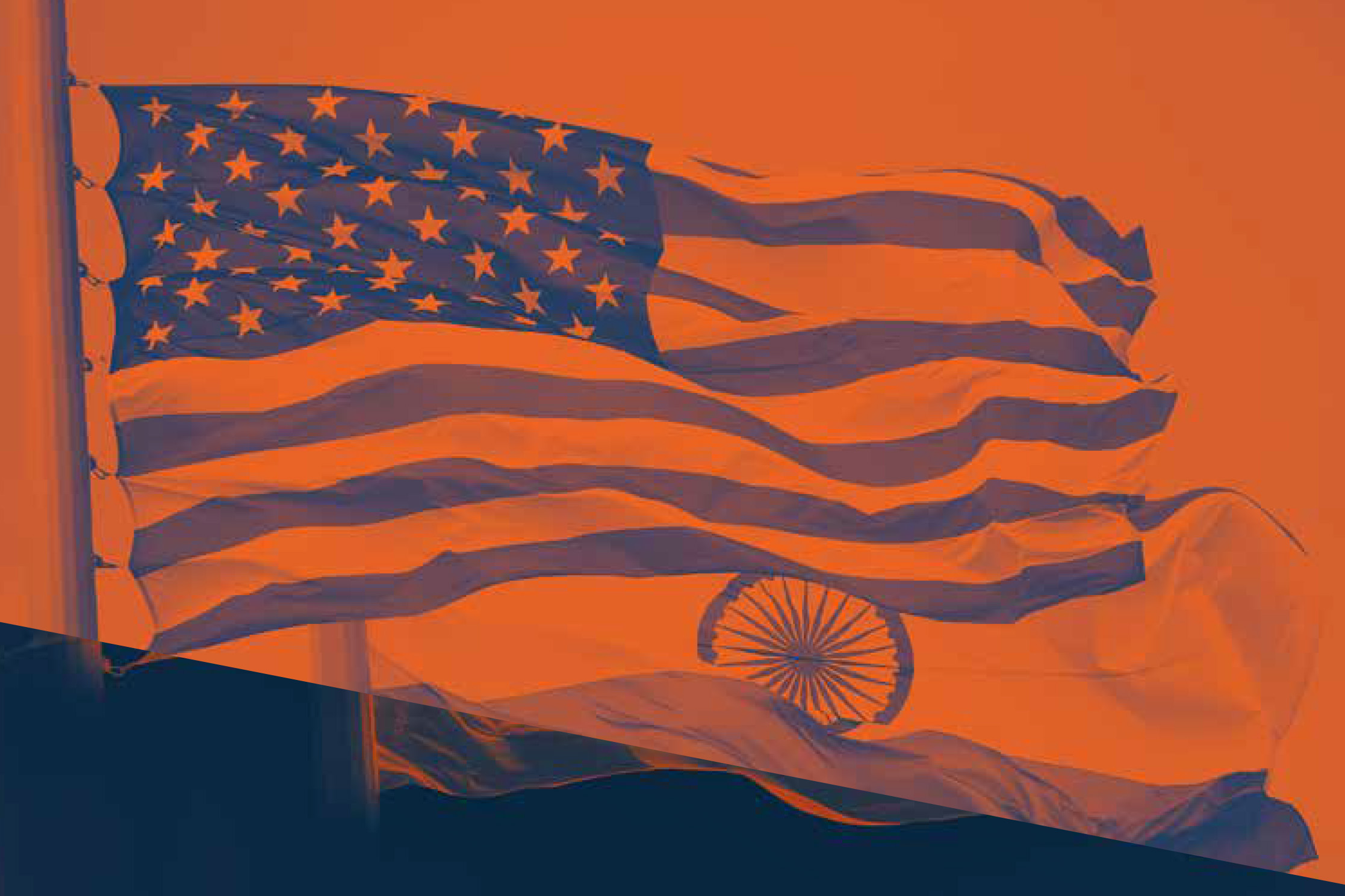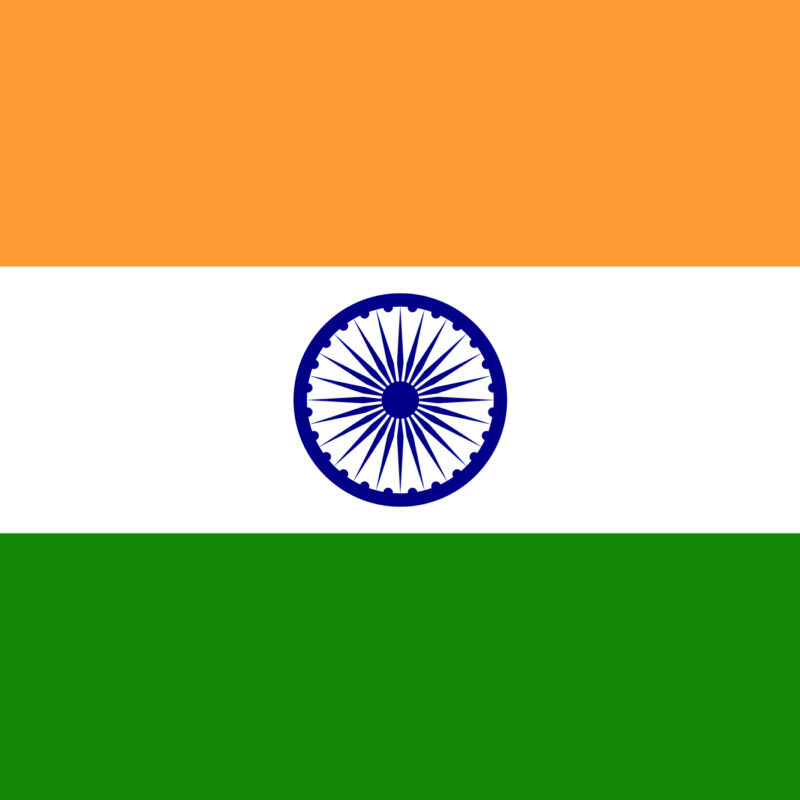
A new survey on people of Indian origin living in the US was just released by the Carnegie Endowment for International Peace. The top line of Social Realities of Indian Americans: Results from the 2020 Indian American Attitudes Survey is that Indians are a micro-minority, accounting for less than one percent of the total US population, but are nevertheless the second largest immigrant group after people of Mexican origin in the country. By and large Indians have achieved the American Dream in the realms of education, financial, and professional success.
Digging into the findings offers some poignant insights into several areas of the Indian and Hindu American experience that intersect with our work at the Hindu American Foundation.
1) Indians mostly identify as Indians, not South Asian
If you’re a keen observer of copy editing of late, you’ll no doubt have noticed that ‘South Asian’ has become a preferred term for the diaspora in news media and activist circles. In one way it makes sense, so as to encompass people beyond the modern nation of India.
But for people hailing from India living in the US, “South Asian” is not the preferred identification at all.
Just under 70% of respondents said they prefer to be called Indian American or simply Indian. Just 10% of respondents identify as South Asian.
2) Half of Indians have experienced discrimination and skin color is the main cause
Though hate crimes have been on the rise against a number of minority communities in the US, the survey reveals that a 50% of Indian Americans report that they haven’t experienced any discrimination in the past year.
For those that have experienced discrimination, the largest reported source of that discrimination, among all respondents, has been because of skin color (30%). Gender and religion are the next highest sources, with 18% each. Country of origin falls just below that, at 16%.
3) Caste discrimination is not a major factor in the US, it appears
Discrimination based on caste was reported by 5% of survey respondents.
Somewhat amazingly, the perpetrators of such discrimination were reported as being evenly and either Indian and non-Indian. Some reported having faced caste based discrimination from both Indians and non-Indians.
The report authors write:
“How might non-Indians discriminate against Indians on the basis of caste if caste is not a salient category for them? This is a genuine puzzle. One possibility is that the person or persons engaged in caste discrimination could be from another South Asian country, where caste might be a meaningful marker or status…another possibility is that respondents interpret caste discrimination as a stand-in for other forms of discrimination.”
Beyond the statistical survey finding the report makes what essentially is a direct repudiation of one much-publicized survey on the prevalence of caste discrimination in the US, albeit in a footnote.
This survey has often been relied upon by media outlets like NPR, Washington Post, Bloomberg, and the New York Times, in their reportage about the prevalence of caste-based discrimination in the US.
It has also been cited by California’s Department of Fair Employment and Housing in its case against tech giant, Cisco Systems, Inc., the Santa Clara County Human Rights Commission in its recent moves to consider adding caste as a specific category to non-discrimination county policy, and a resolution recently passed by the Student Senate of the Cal State system demanding that the Board of Trustees similarly add caste to its system-wide non-discrimination policy.
Footnote 29, citing the 2018 survey by Equality Labs Caste in the United States: A Survey of Caste Among South Asian Americans, reads:
“This study relied on a nonrepresentative snowball sampling method to recruit respondents. Furthermore, respondents who did not disclose a caste identity were dropped from the data set. Therefore, it is likely that the sample does not fully represent the South Asian American population and could skew it favor of those who have strong views about caste. While the existence of caste discrimination in India is incontrovertible, its precise extent and intensity in the United States can be contested.”
This is exactly what HAF has been saying about this particular survey for more than two years now. Journalists and policymakers uncritically citing this survey should take note.
Finally, the report authors also observe, in footnote 49: “Although sample sizes are extremely small, it does seem that Hindu respondents who affirmatively identify with a caste are more likely to report discrimination on the basis of caste.”
4) So who is identifying with caste?
53% of Hindu respondents said they do not “personally identify with a caste group of any kind.”
That leaves 47% of Hindus identifying with a caste group, of which 53% were foreign-born and only 34% US-born. 83% of caste-identified Hindus responded that they are from “General or upper caste.” 16% of Hindu respondents came from Other Backward Caste (OBC) communities in India; 1% from Adivasi/Scheduled Tribes; and, 1% from Dalit/Scheduled Caste communities. There are obviously some rounding issues in the reported stats, as this comes out above one hundred percent.
Questions about caste identity were restricted to Hindu respondents, while at the same time acknowledging that strong caste identities exist amongst all religious groups in India. Why the authors chose to not ask other religious groups about caste, despite it being a factor in Christian, Muslim, and Sikh communities in India, and that too without defining what they mean by “general or upper caste,” is perplexing to say the least and a serious misstep.
Instead the authors note that the findings about caste must be treated with caution for a variety of reasons, the question being restricted to just Hindu respondents being one of them.
5) Politics in India doesn’t divide the community in the US as much as it sometimes seems
If you’re versed and immersed in Hindu and Indian American advocacy work, it often seems like the polarized politics in India is increasingly bleeding over into the diaspora.
The Carnegie survey reveals this isn’t happening particularly much.
Just 28% of respondents are experiencing this. Among these people 16.5% of people cite religious politics in India as being the main factor, with just under 10% believing it is caste politics.
* A note for survey makers on Hindu religiosity
This survey reflects a lost opportunity in actually learning about religiosity among Hindus. The few questions asked incorrectly try to compare what marks seriousness in religious belief and practice among Christians and Muslims (regular prayer and attendance at worship services) with Hindu religious life.
Hindu religiosity is marked by far more diversity than this. One of the hallmarks of Hinduism is that there is no single way to be a ‘good’ or ‘practicing’ Hindu. For every Hindu that chants shlokas or listens to bhajans daily, conducts a daily or weekly puja at a home altar, and goes to a nearby temple often, there are just as many whose ‘prayer’ is their daily work (seen as karma yoga), listening to podcasts on Vedanta, and only rarely setting foot inside a temple. Each of these types of Hindus are following their own dharmic path and each could be just as dedicated to their religion as the other.








































